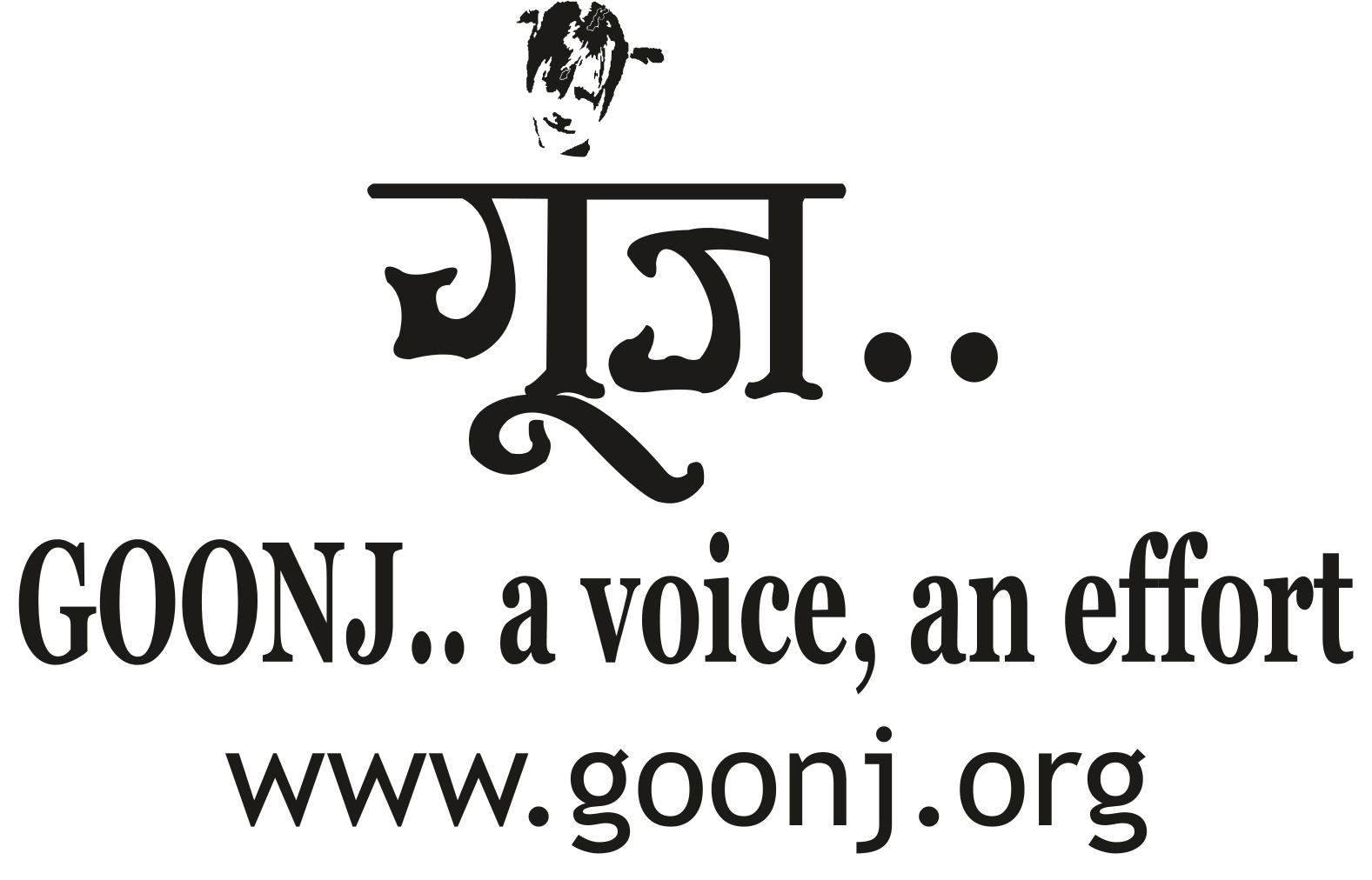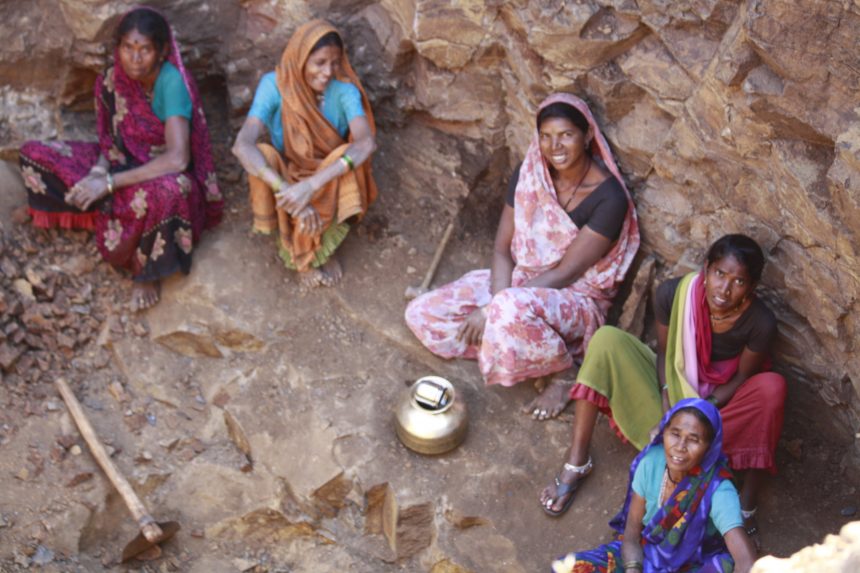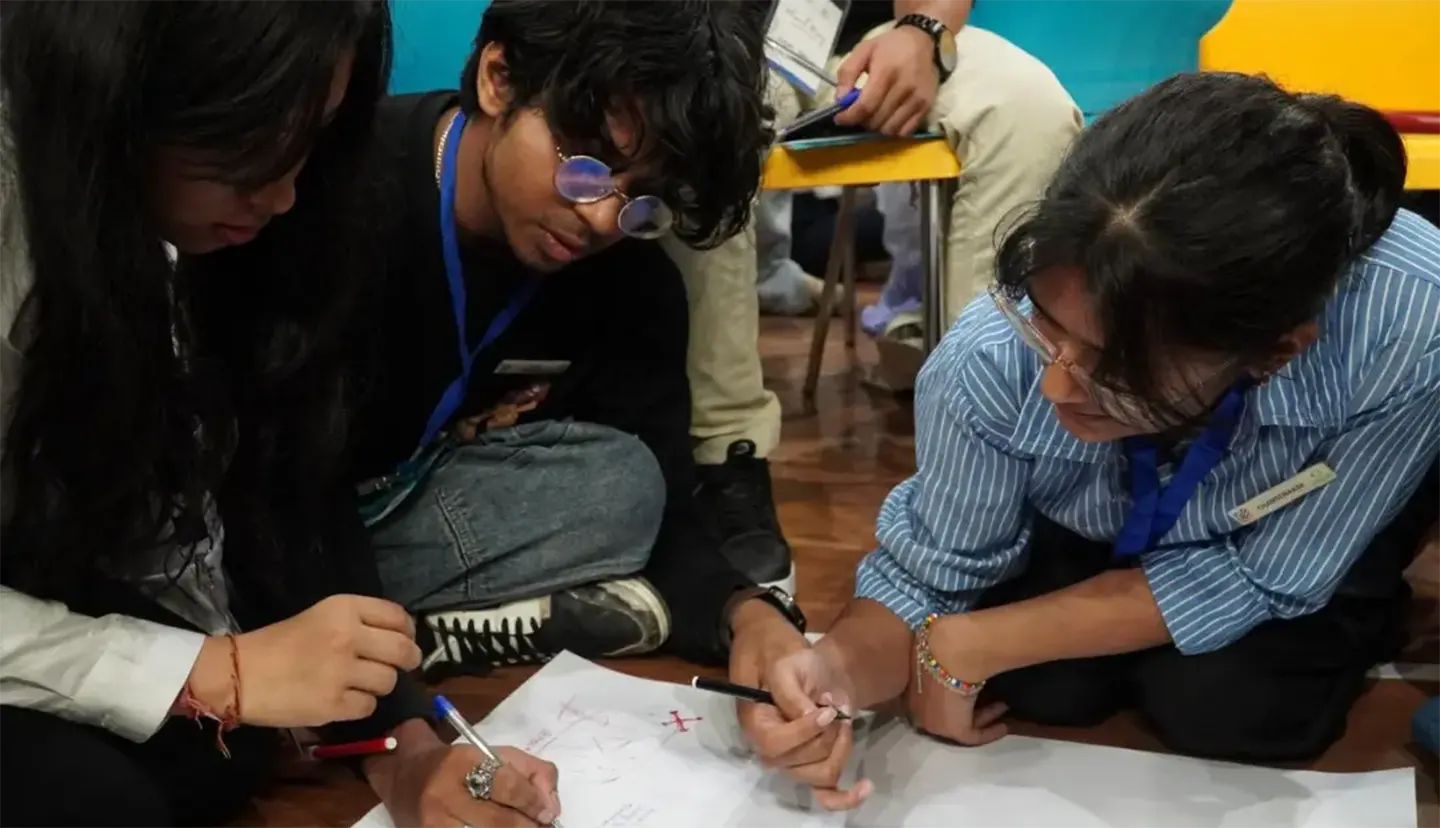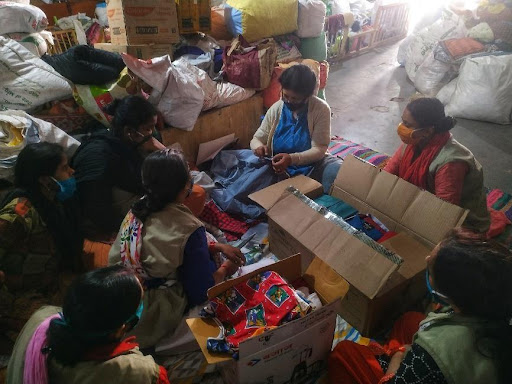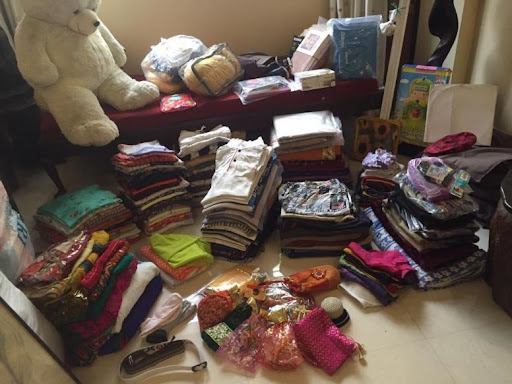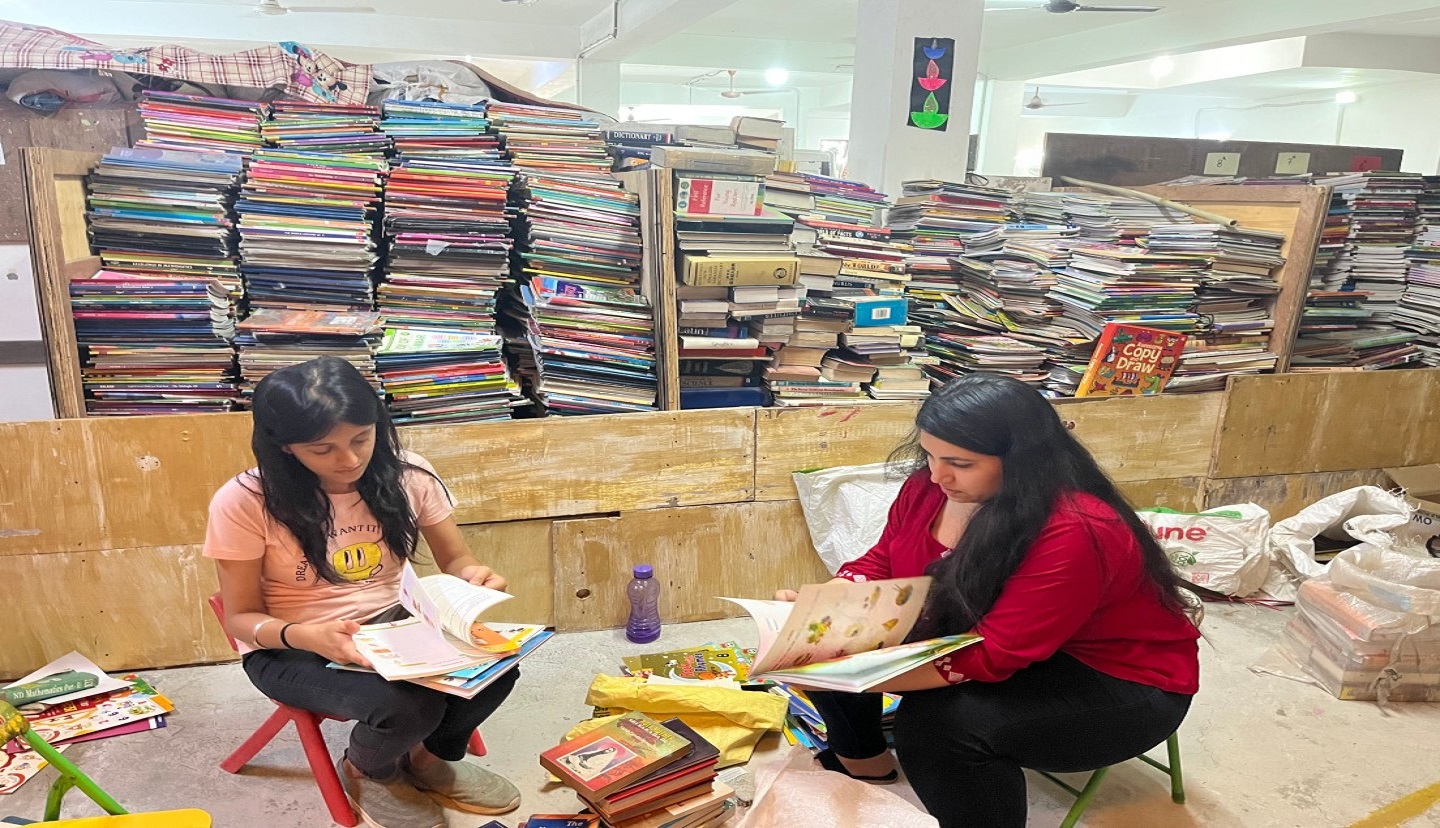These are ironic times that we live in.. on the one hand, the country grapples with massive flooding in some states and on the other hand several other states reel under severe drought. Farmers are driven to commit suicide in many regions due to lack of water, failed crops and the burden of unpaid debts. The tribal communities, traditionally considered the ‘receivers’ and ‘beneficiaries’, have been a constant source of wisdom and wellspring of courage and determination in our work. Here is an inspiring story from the remote interiors of tribal India that shows how they took collective responsibility to find solutions for their problems.
Back in 2012, a few tribal Korku women from Langoti village in Khalwa block (Khandwa, Madhya Pradesh) had enough of making umpteen requests to the local administration to get water in their village. Summer meant no water here, as the common sources of water dried up and the women had to walk to the lone well outside the village to fetch water 2 or 3 times a day in the scorching heat. Since the men folk went out to work during the day, this distressing and arduous task of carrying upto 3 vessels of water on their heads and balanced on their waists, fell on the women of the house. Tulsi Bai, from the village said, “Even in the scorching summer heat, at noon we have gone to fetch water.” Although there are 12 hand pumps and two tube wells (private) in the entire village.. in summers all water sources dry up, except for this well that serves around 2000 villagers living in the vicinity.
Ram Kali Bai from the village said, “When we went with our problem to the CO (Collector officer) of our block, we were told that there are 12 hand pumps and a tube well in your village, there is even a river and a dam, so what’s your problem?” She asked the officials to visit the village personally to understand the reality for himself. This was in April 2012. Something extraordinary was about to happen. Goonj had been working extensively in this region for some time and had already triggered the first well digging under ‘Cloth for Work’ (CFW) in the near by Salidhana village. When the idea reached this village, the women of Langoti knew what they wanted to do. Like Ram Kali Bai, they realised that now it was really up to them to take a strong decisive step to solve their problem.
These women came together [now a Self-Help Group (SHG) called USHA] and decided to dig a well for themselves. The work began with 17 women and at the end of it 30 women along with some concerned men folk joined in to dig the well. Ram Kali Bai and Ganga Bai gave the land pro bono. Soon the digging started with ‘Pediyar’ which is an age old traditional way of spotting water below ground using a coconut. Digging was a tough and tedious job on the rocky ground but blasting wasn’t possible as there were houses all around. The women started with using basic hand tools such as chisels and hammers. They worked diligently for a few hours every day to dig the well.
“In the beginning there were many who mocked and ridiculed them but gradually the observers watched silently.” says Seema Prakash Founder of ‘Spandan Samaj Sewa Samiti’, Goonj’s implementing partner organization in Madhya Pradaesh says that it took a lot to keep up their motivation. We kept on digging and sometimes we would hit a big rock.” said one of the participants. The will to improve their own situation and the desperate need for water kept the women working doggedly every day. Under Goonj’s CFW initiative they were given the basics- clothes, footwear and ration (rice, pulses etc.) At last they found water. The well they dug was 20-22ft deep.
This journey of hardships, challenges, opposition from the local and district level authorities was not a smooth one by any stretch of imagination. The big relief was that now there was water within their reach. “पानी निकल गया तो मज़ा आ गया”(when we found water, that was the best thing) said Tulsi Bai, one of the few committed ladies who did the back-breaking work to make this happen.
The well in Langoti now serves this tola (hamlet) of 250-300 people of the Langoti village for all their various needs. It was truly humbling and inspiring to see this local citizen action initiative. The well was later cemented using funds by the organisation and collected money of the SHG group of the village.
